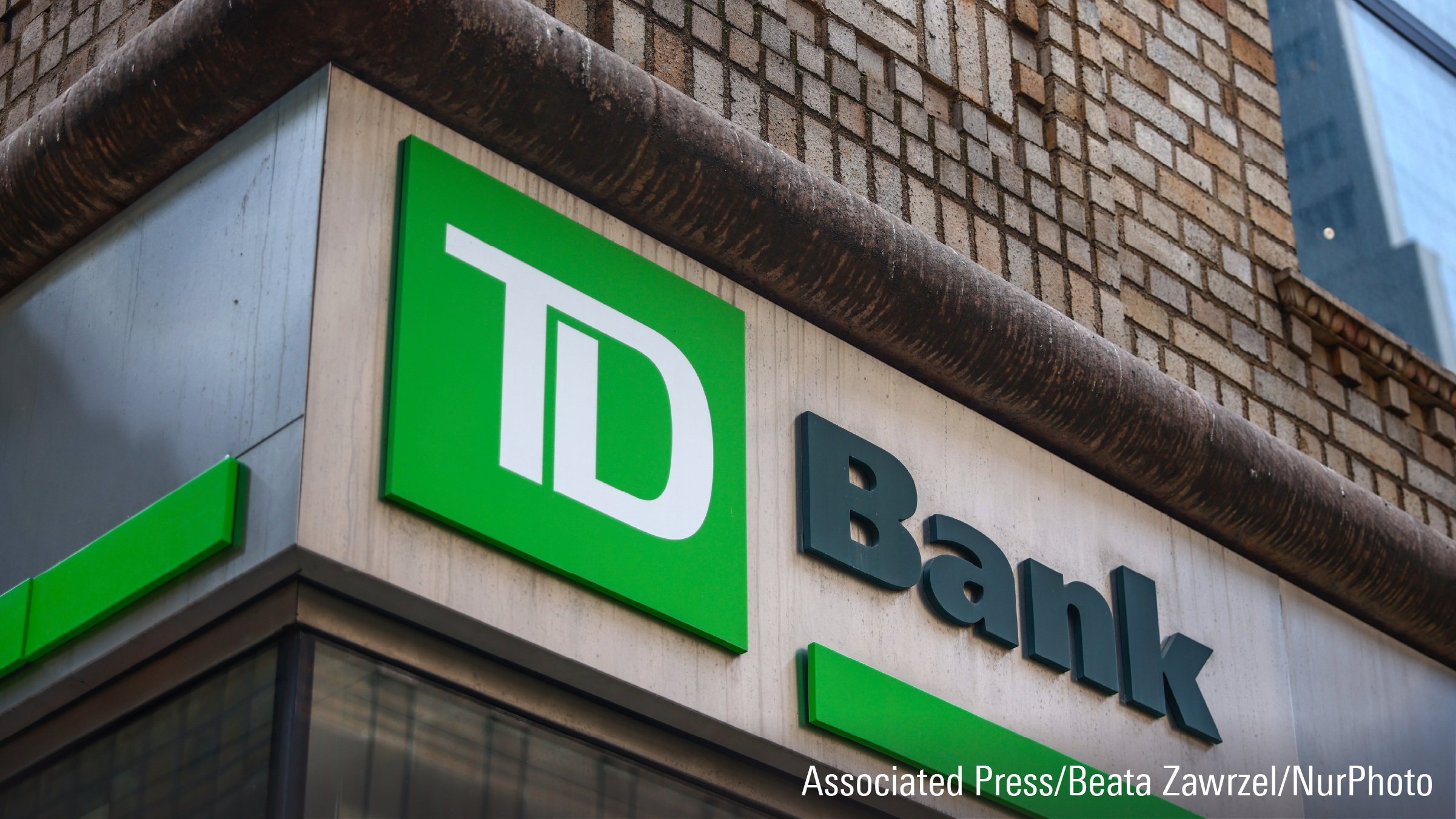Holly Black: Welcome to Morningstar. I'm Holly Black. With me is Tom Whitelaw. He's Director of Equity Strategies at Morningstar. Hello.
Tom Whitelaw: Hi. Thanks for having me, Holly.
Black: So, Tom, you've been doing some research into liquidity. I'm going to start with a really obvious question. What is liquidity in investing?
Whitelaw: Yeah. So, it's the ability to sell something in the desired quantity without impacting the price and that price impact is key as anything is liquid as long as you're not bothered about the price that you get, and it's why we talk about discount risk, that is, how likely is it that I will have to take a discount on the market value of my investments if I want to sell them.
Black: So, how do you assess that discount risk?Whitelaw: It's not easy because it's a fluid concept. So, one minute, liquidity is plentiful, and then the next, it's not. So, we look to build up a picture of the fund from all of its individual stocks, and we look at the liquidity of those stocks across a number of ways. So, we look at here and now how liquid is it today and then, also, how liquid has it been at the worst-case scenarios? And we look at it on a couple of levels. We look at it on a pro rata style sell-down, which is, selling everything and keeping the portfolio structure exactly the same. So, if I've got 5% BP, 3% Vodafone, when I finish selling, I've got 5% BP, 3% Vodafone and also a waterfall sell-down, which is more like a fire sale sell-down. So, in that scenario, maybe BP and Vodafone are most liquid and with zero percent in there and we weighted towards the pro rata because that's what we think is more typical. And the final thing we look at is company ownership, so how big a chunk of individual companies am I owning because if you're running 5%, 10%, 15%, 20% of individual companies, it's much, much harder to sell those weights.
Black: So, that's all good as an analyst for you. But if I am an individual investor, I buy and hold for the long term, do I still need to worry about liquidity?
Whitelaw: Well, I guess the very worst case scenario you can have of owning in a liquid fund is if it receives redemptions that overwhelm it and the strategy ends up having to gate or close down for a period of time, which means that during that period you can't get your cash back. Thankfully, those instances are rare, and often the impact of running too much money and having (a liquid) portfolio are more hidden. So, it could be that your fund has to pay more to trade, so the market impact costs are higher because you're a bigger fish in that pond.
Or if that's not happening, it could also be because the strategy or the underlying strategy of the fund is changing and there's some style drift in there. So, the manager is actually not trading how they want to. They're kind of maybe holding onto the more illiquid names because they know they can't sell them and selling the more liquid names or vice versa if they get a huge inflow, they can't buy some of those less liquid names that maybe have driven some returns in the past. So, again, that will kind of eat into your future expected return.
Black: Tom, thank you so much for your time. For Morningstar, I'm Holly Black.


















